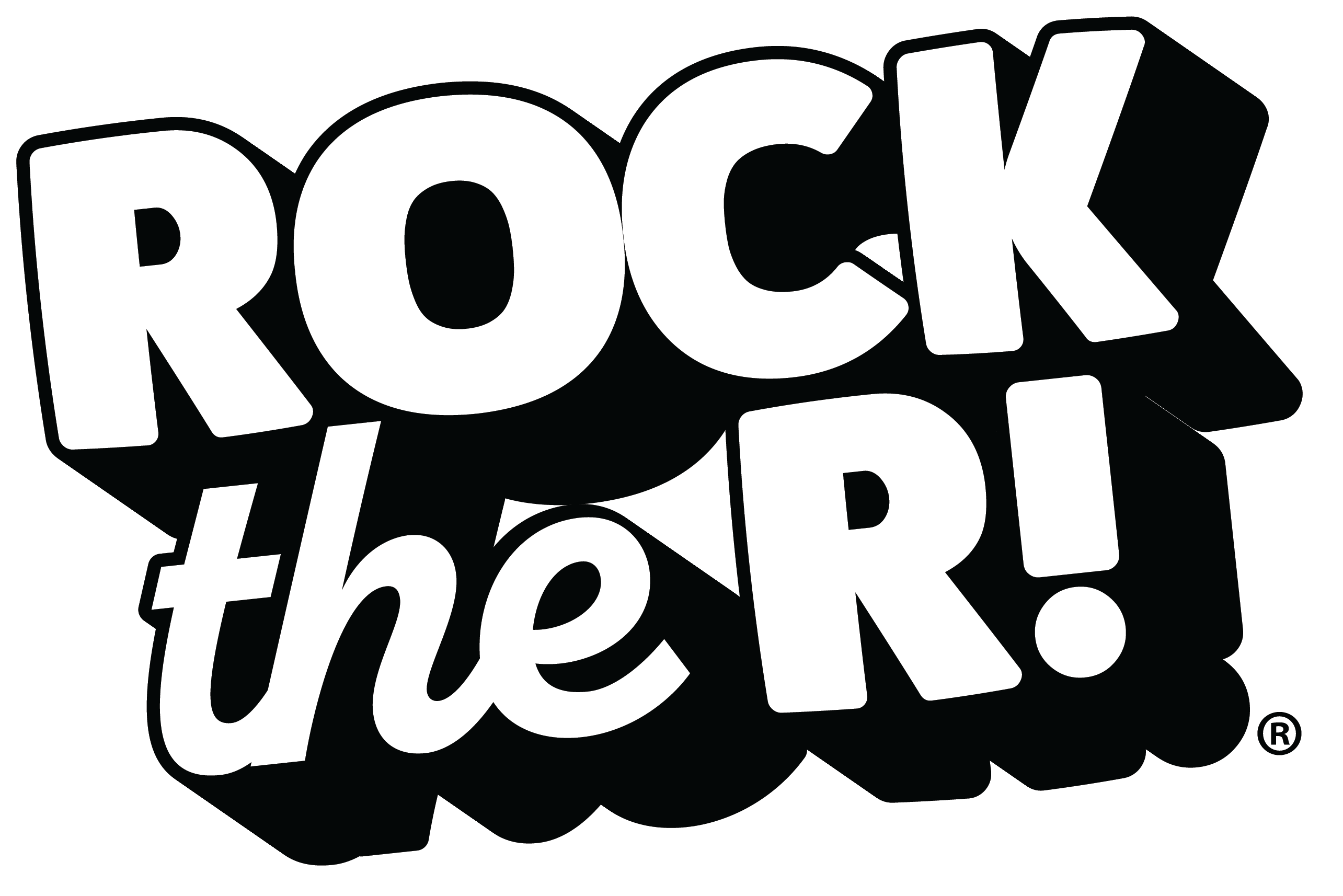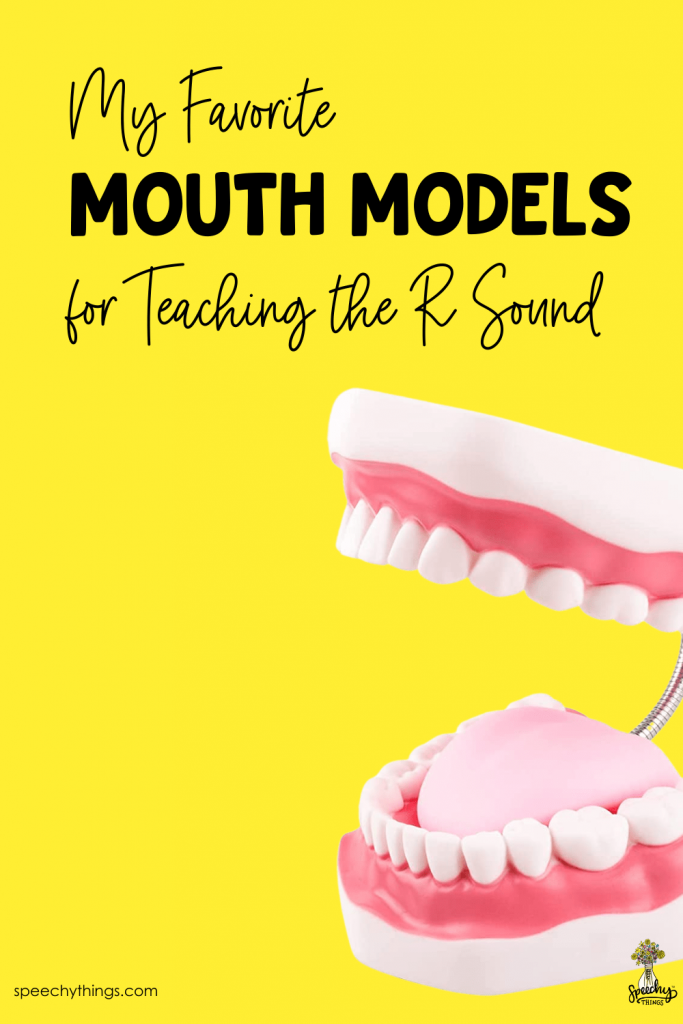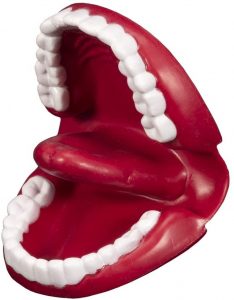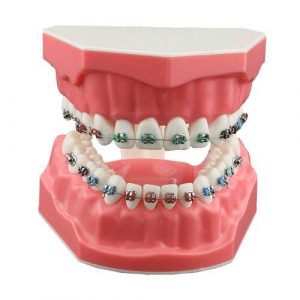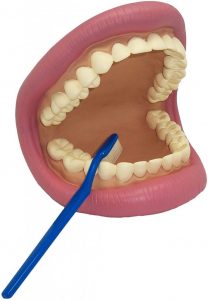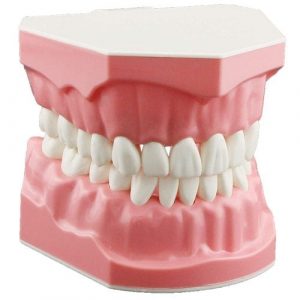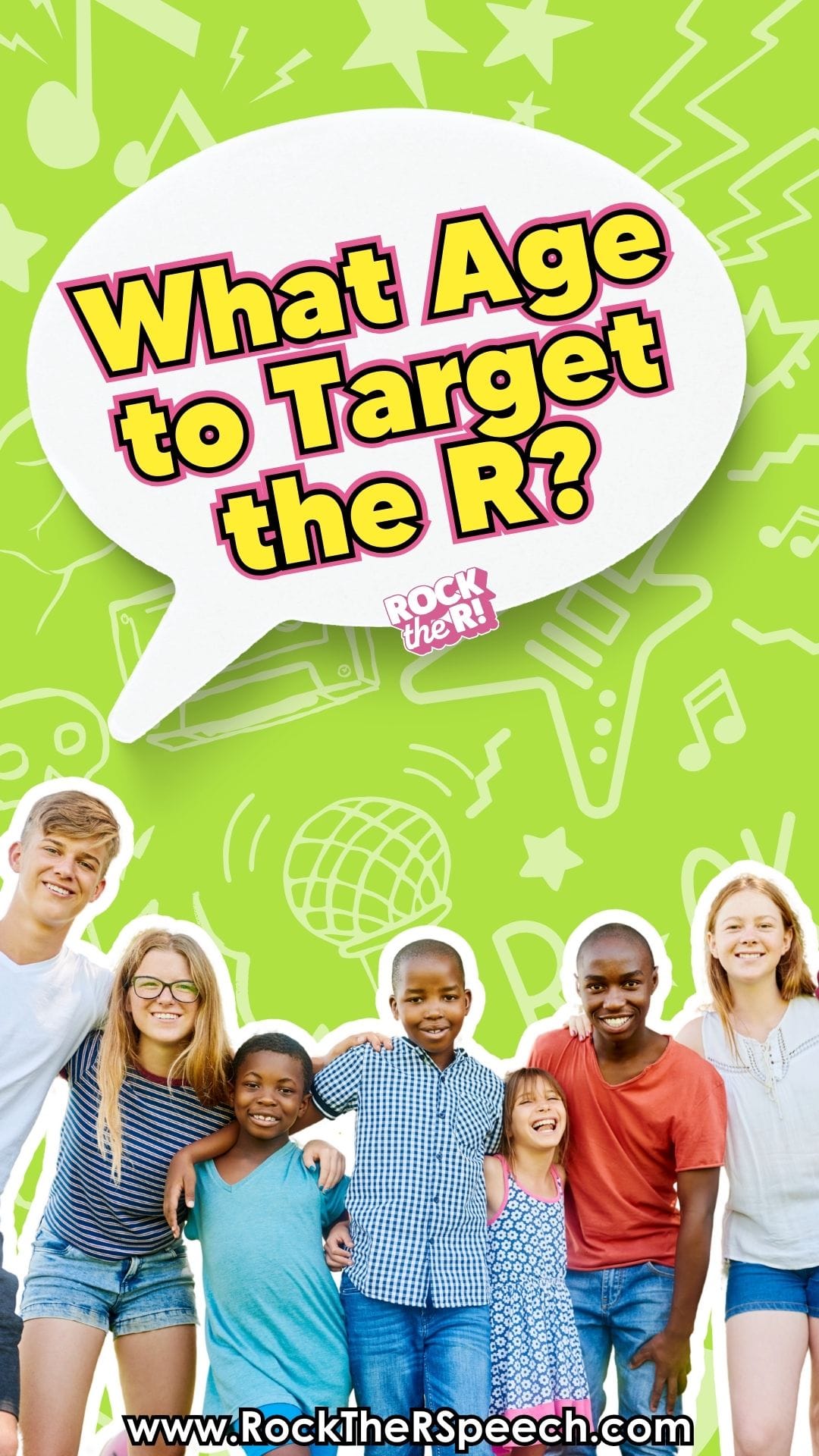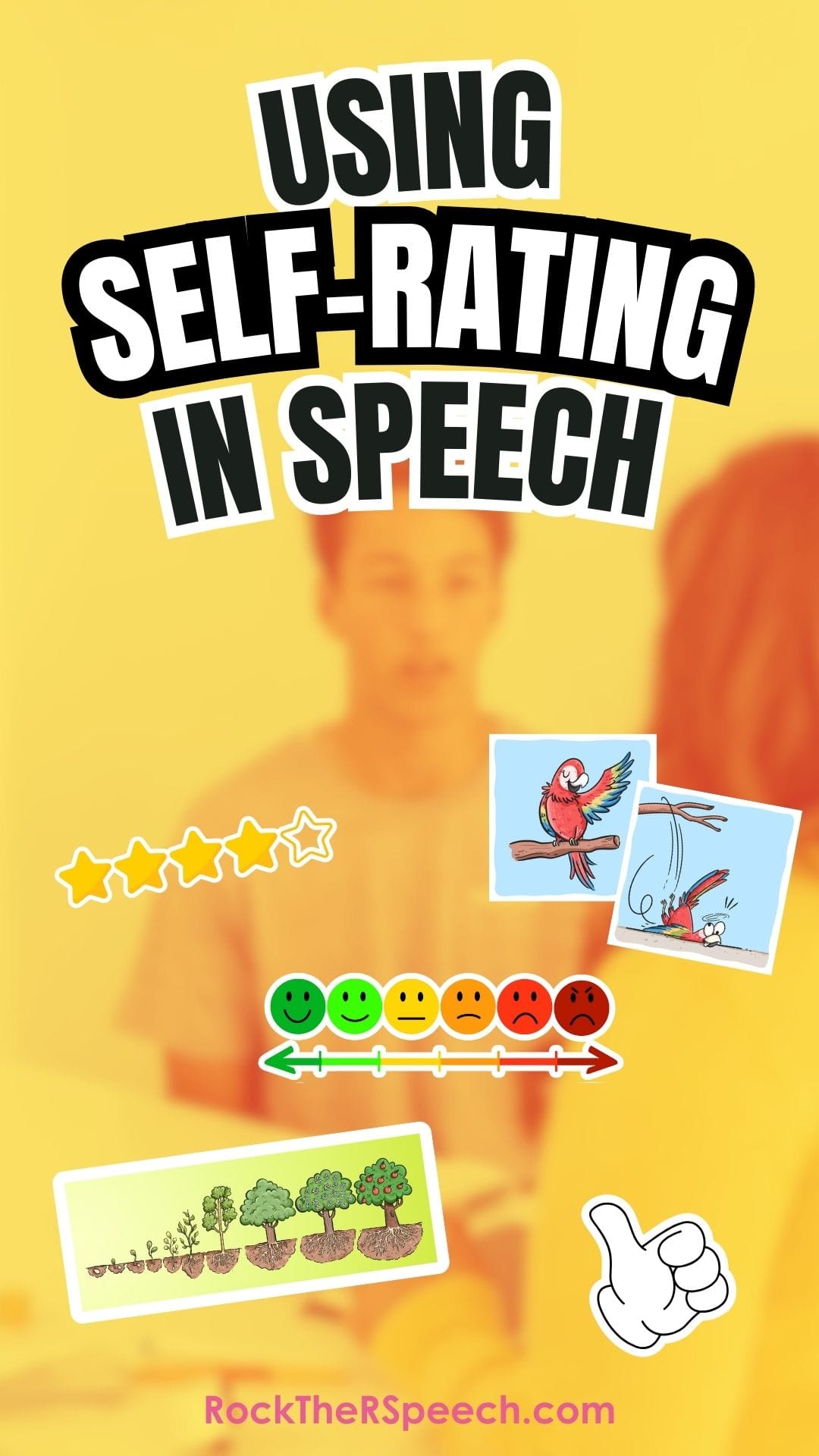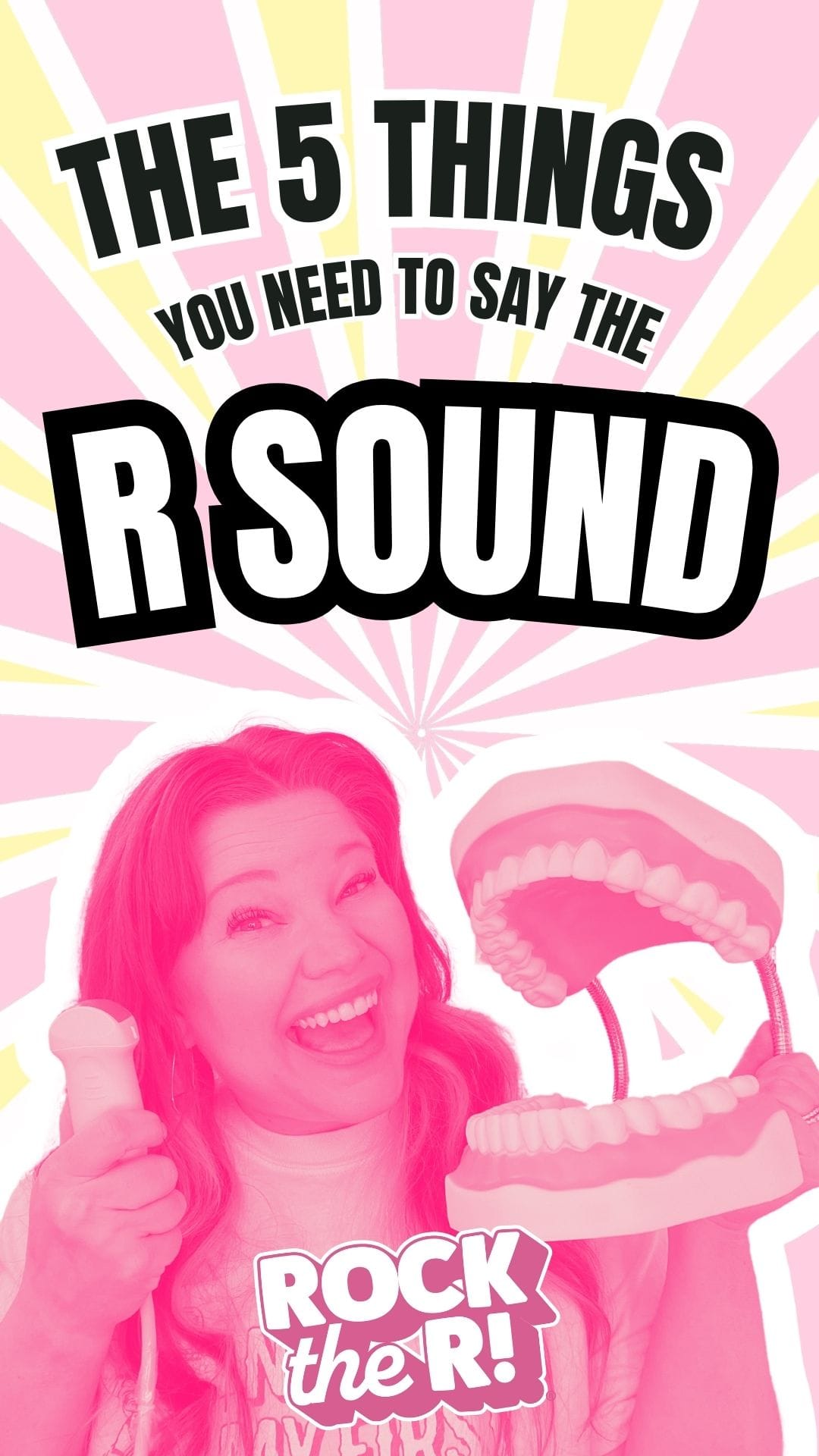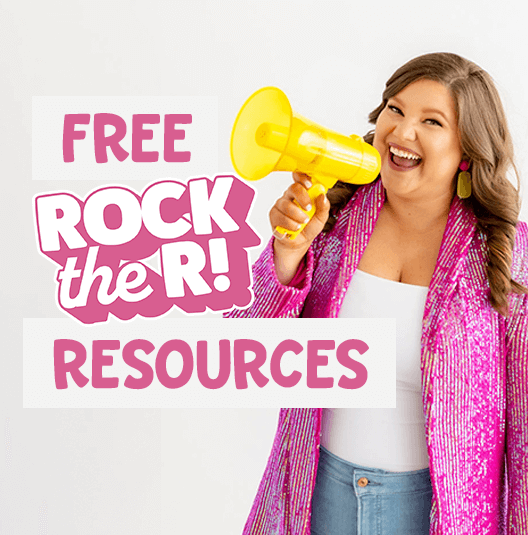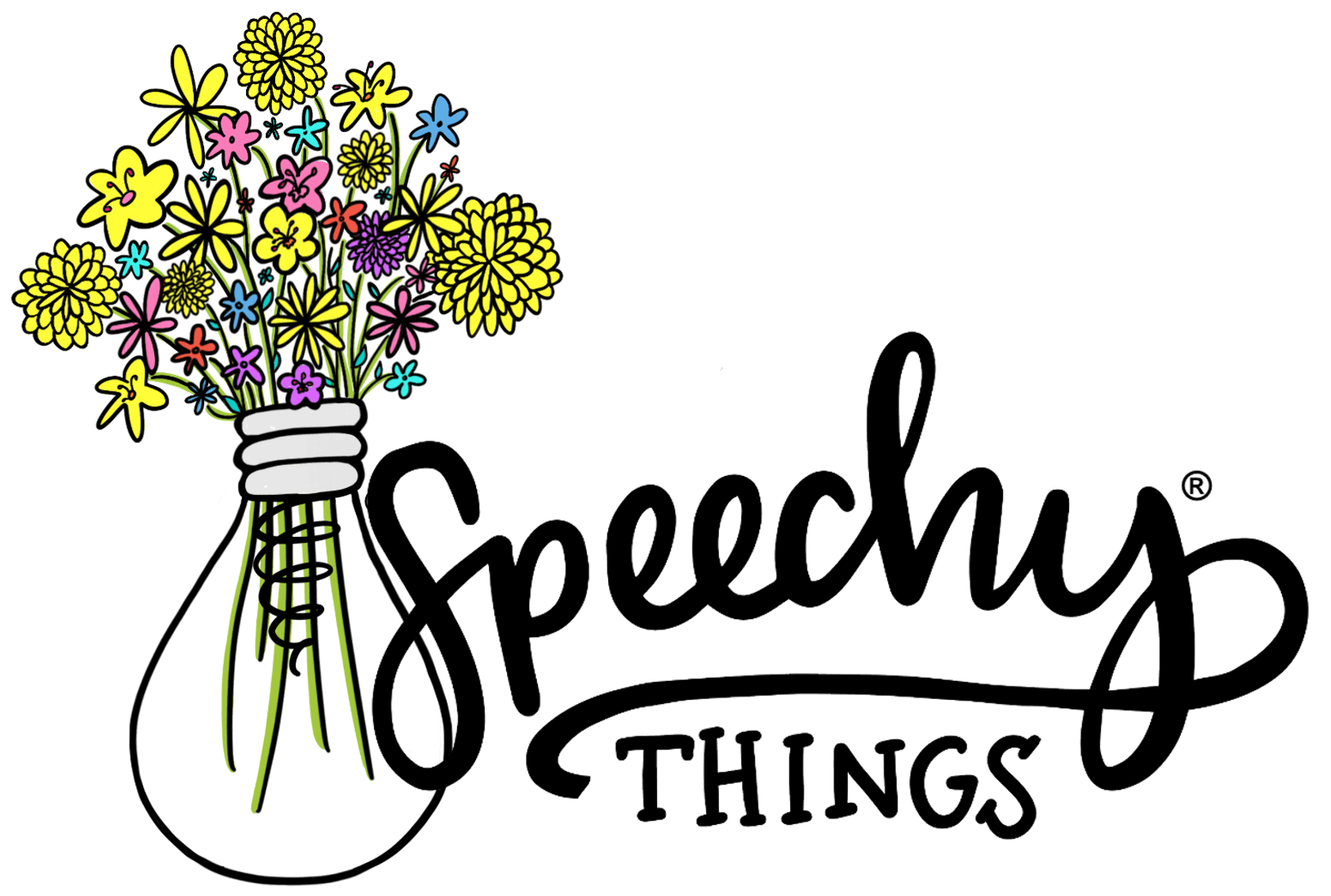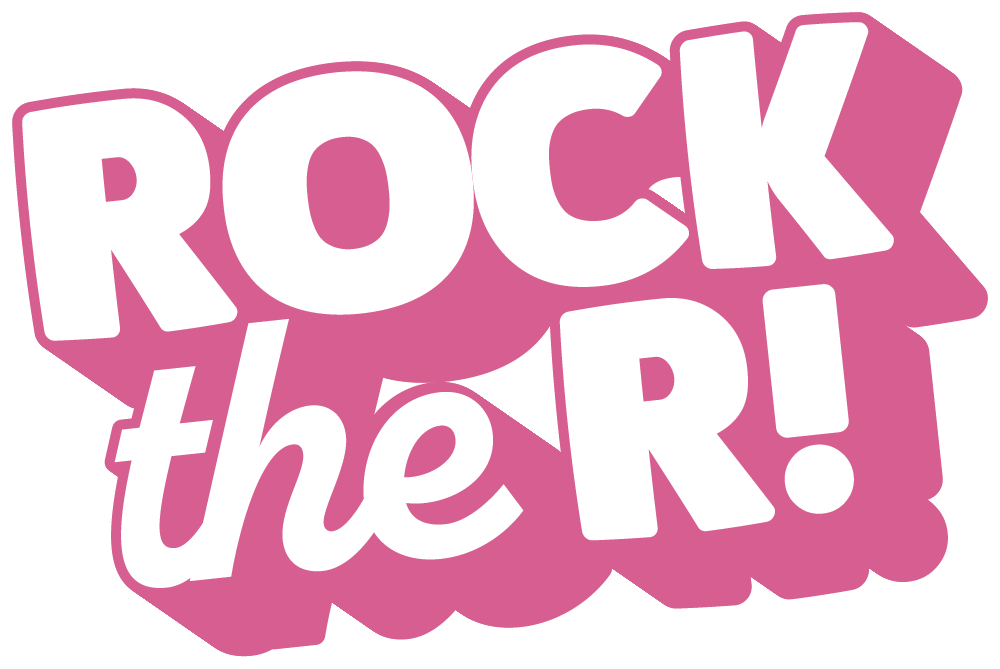Students working on the R sound need to know exactly what to do with their articulators during speech therapy. It’s such a complex phoneme! This is why it’s critical to explicitly teach the anatomy of the tongue to R students (Presten, et al, 2020).
One helpful tool for students to learn about their “R machine” is a mouth model. Since it’s so hard to see inside the mouth, a mouth model can be used to point out the points of constriction for the R sound. This way, students know exactly what to do with their tongue.
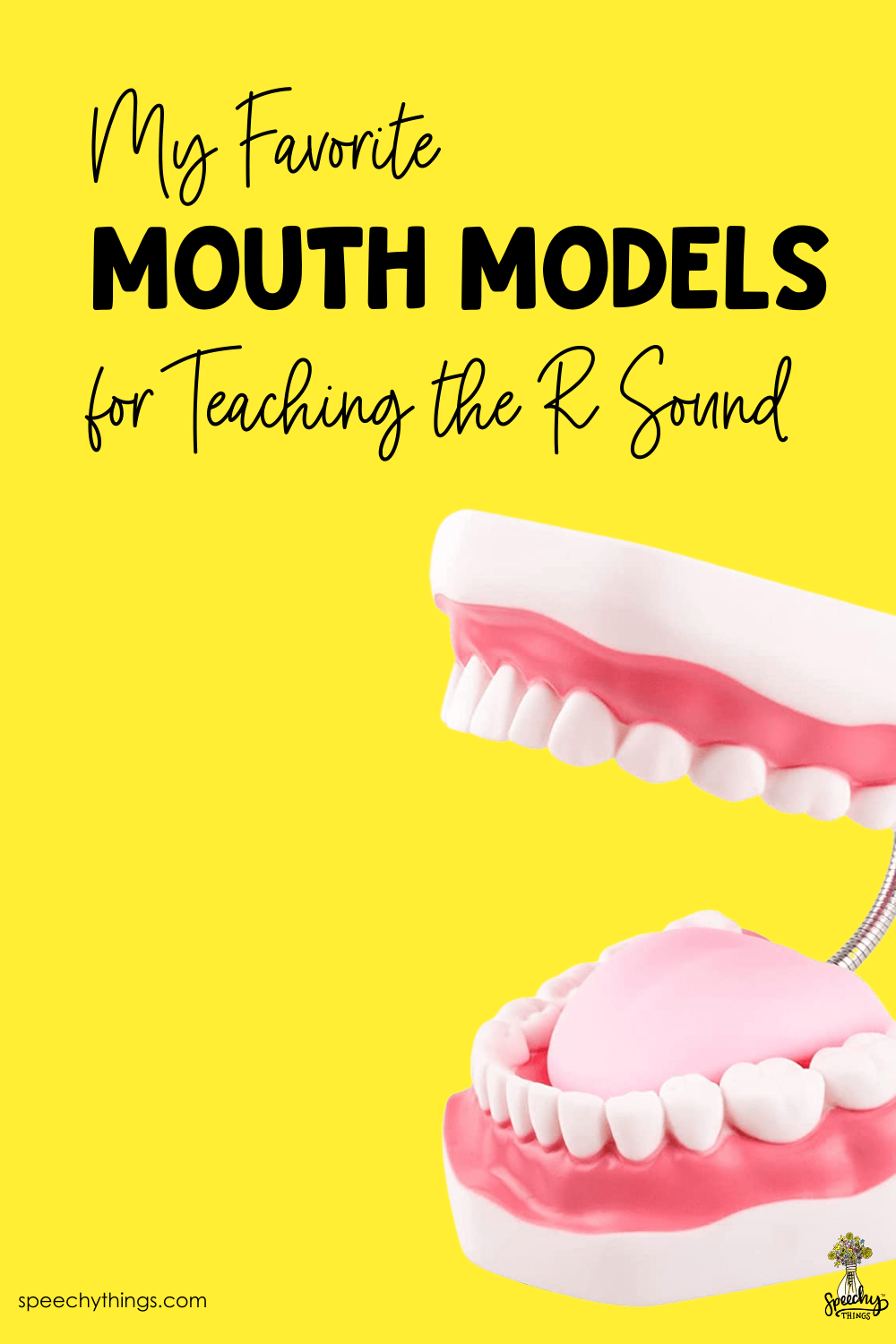
Here are a few of my favorite mouth models. Please note, this blog post contains Amazon affiliate links– this means purchases made from these links help run my blog at no extra cost to you. I personally own each of these models and appreciate your support!
Alrighty then. Here we go!
My Favorite BIG Mouth Model
Why I Love It…
-huge, easy to see
-has movable/removable tongue
-can adjust jaw height
My Favorite Small Mouth Model
Why I Love It…
-compact and easy to travel with
-rubber- easy to manipulate the tongue into place
-inexpensive- I have multiple so both my students and I can have one
My Favorite Unique Mouth Model
Why I Love It…
-braces! unique and perfect for this age group
-compact
-no tongue- allows you to mold your own and place it
My Favorite Puppet Mouth Model
Why I Love It…
-large- easy to see
-no tongue- allows you to mold your own and place it
My Favorite Standard Mouth Model
Why I Love It…
-this is very similar to the braces mouth model
-compact
-no tongue- allows you to mold your own and place it
I hope this was helpful! These mouth models really are great to have on-hand for our visual learners. For more help with teaching anatomy to your students- you can check out this Boom Card freebie in my TpT shop. You can also become a VIP to receive more support for the R sound via email.
Thanks for stopping by!






